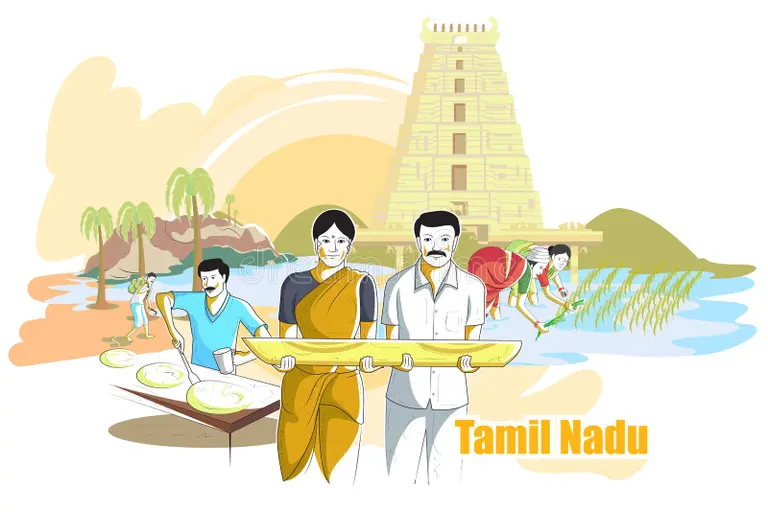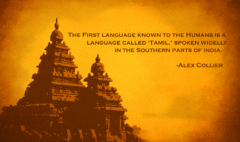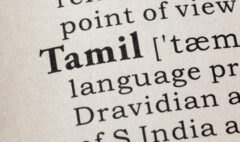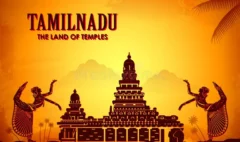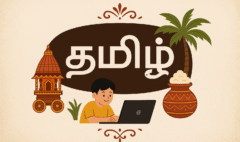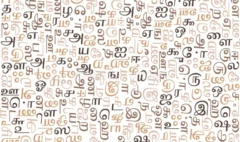An Introduction to Tamilian Musical Genres
An Introduction to Tamilian Musical Genres
An Introduction to Tamilian Musical Genres
Music is a universal language, but in Tamil Nadu, it is also a powerful echo of history, devotion, and daily life. The soundscape of the region is a vibrant tapestry, woven with threads of ancient classical melodies, the earthy rhythms of folk songs, and the dynamic energy of modern cinema scores. For anyone on a journey to learn Tamil, understanding these different Tamil music genres is not just a matter of cultural enrichment; it is a gateway to a deeper, more emotional connection with the language. This guide will take you on a tour through the diverse world of Tamilian music, from its sacred roots to its global influence, and provide you with the essential musical vocabulary to appreciate it all.
At Powerkid Tamil, we believe that a holistic understanding of the language requires an appreciation for the culture it represents. By exploring these different genres, you will not only improve your listening skills but also gain invaluable insights into the social and emotional history of the Tamil people. Let’s delve into the melody and rhythm that define Tamil music.
The Foundation: Classical Music
At the heart of Tamilian musical tradition lies Carnatic music, a rich, intricate, and highly structured system of melody and rhythm. Rooted in ancient scriptures and refined over centuries, Carnatic music is a form of devotional art. The music is based on a complex system of **ragas** (melodies) and **talas** (rhythms), and it is often performed with a combination of vocal and instrumental elements. The lyrics, or `kritis`, are often in Tamil and Telugu and are devotional in nature, offering prayers and hymns to deities.
The beauty of Carnatic music lies in its improvisational nature and its adherence to strict rules. While it is a form of classical music, it is not distant or inaccessible. It is an integral part of temple rituals, festivals, and cultural events. Famous Tamil composers like Thyagaraja, Muthuswami Dikshitar, and Shyama Shastri have left a legacy of thousands of compositions that are still performed and cherished today. By listening to these songs, a learner can get a feel for the formal and poetic nature of the Tamil language and its deep spiritual roots.
The Soul of the Land: Folk Music
Where classical music is structured and formal, `folk music` is raw, earthy, and spontaneous. It is the music of the people, born from the rhythm of daily life in villages and fields. Tamil folk music is a celebration of community, and it is inextricably linked to festivals, harvest seasons, and life events like births and weddings. The songs are often simple, repetitive, and easy to sing along to, making them a fantastic tool for language learners. The lyrics are often about love, nature, work, and history, providing a rich source of vocabulary for everyday life.
The instruments of folk music are equally simple and powerful. The **Parai**, a traditional drum, is the heartbeat of many folk performances. The **Thavil** and **Nadaswaram** are often played together at temple festivals, and the **Urumi** is used for ritualistic dances. This music is not just for entertainment; it is a profound expression of the collective consciousness and cultural identity of the Tamil people. By listening to `folk music`, a learner can gain a deeper understanding of the colloquial and conversational nature of the language.
The Modern Era: From Screen to Sound
In the last century, Tamil cinema has become the single most influential force in shaping `modern music`. The melodies, lyrics, and sounds from movies (or “Kollywood,” as the industry is known) are the soundtrack of daily life in Tamil Nadu. Legendary music directors like M.S. Viswanathan, Ilaiyaraaja, and A.R. Rahman have pushed the boundaries of music, blending traditional sounds with modern Western styles. Film music is a dynamic and ever-evolving genre that has given birth to sub-genres like Tamil pop, rock, and hip-hop.
The beauty of `modern music` for language learners is its accessibility. The lyrics are often about love, friendship, and social issues, making them highly relatable. They are also a fantastic way to learn `conversational Tamil` and the latest slang. By listening to your favorite songs, you are not just enjoying a good tune; you are actively practicing your listening skills and expanding your vocabulary in a fun and engaging way.
Essential Musical Vocabulary
To truly appreciate these genres, it helps to have some essential musical vocabulary. Here are some key terms that will help you talk about music in Tamil:
- இசை (Isai): Music
- பாடல் (Paadal): Song
- ராகம் (Ragam): Melody
- தாளம் (Thaalam): Rhythm
- வரிகள் (Varigal): Lyrics
- பாடகர் (Paadagar): Singer (male)
- பாடகி (Paadagi): Singer (female)
- கருவி (Karuvi): Instrument
- சத்தம் (Satham): Sound
Knowing these words will allow you to have a meaningful conversation about music with a Tamil friend or a teacher. For example, you can say, “இந்த ராகம் எனக்கு பிடிக்கும்” (Indha ragam enakku pidikkum – I like this melody) or “அந்தப் பாடல் மிகவும் நன்றாக இருந்தது” (andha paadal migavum nandraaga irundhadhu – that song was very good).
Conclusion: The Melody of the Language
The different Tamil music genres are a profound reflection of the culture’s rich history and dynamic present. From the sacred melodies of Carnatic music to the earthy rhythms of folk songs and the global influence of modern cinema music, each genre offers a unique window into the Tamil soul. By exploring this diverse soundscape, you are not just training your ear; you are connecting with the emotional and cultural heart of the language. This is a journey that goes beyond words, and it is one that will enrich your life and your understanding of Tamil.
At Powerkid Tamil, we believe that music is a powerful tool for language learning. Our expert tutors can help you break down the lyrics of your favorite songs, explain the cultural context of `folk music` and `classical music`, and build your musical vocabulary. We are committed to making your language journey an immersive and holistic experience. Start your lesson today and discover the rhythm and melody of the Tamil language!

